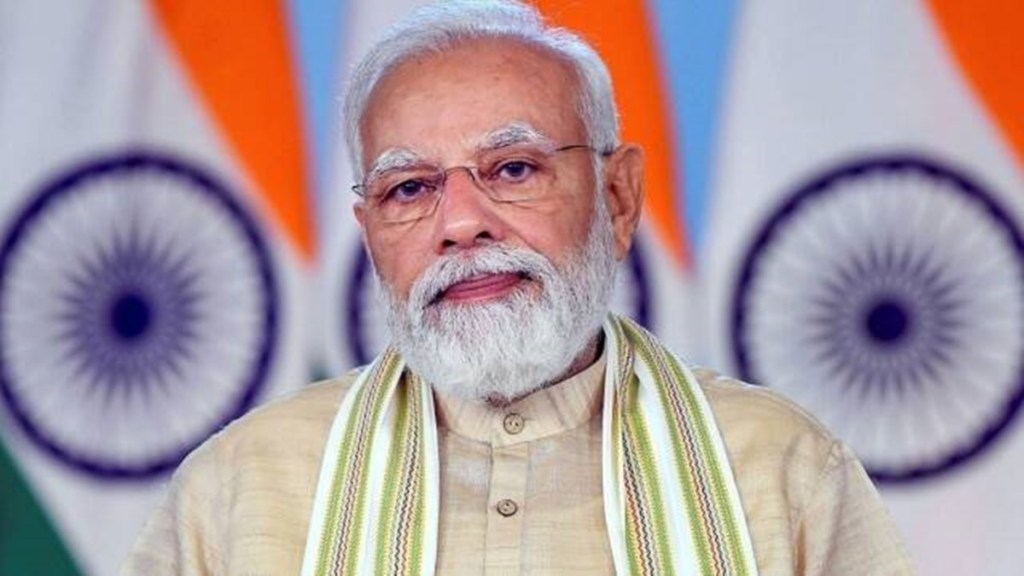On Thursday, prime minister Narendra Modi became part of an exclusive club of world leaders who have addressed a joint session of the United States Senate and House of Representatives more than once. This is undoubtedly a fitting tribute to the world’s largest democracy, apart from serving as a reminder of the historic significance of the relationship between the US and India. An invitation to address the US Congress is not just ceremonial; it is also a proxy for the importance the US accords to the other country. Modi’s speech, delivered late in the night (India time) would surely touch upon several issues, including shared ideals of democracy, the Constitution and legislatures—something that would touch a chord with the audience at the magnificent Capitol Building.
One only hopes that the democratic spirit would be carried forward to the home ground as well. Unfortunately, it has been missing for quite some time now. While it is true that a majority of the Opposition parties scored a self-goal by skipping the inaugural ceremony of the new Parliament building, it is also a fact that the ruling party made no serious conciliatory efforts. As a result, the next session of Parliament will begin in the new building in a disharmonious political context—from the disqualification of some members of Parliament to the disruption of the House by the Treasury benches, from controversial laws passed without debate to the relegation of parliamentary committees. The Centre’s Delhi ordinance, which seeks to roll back the apex court’s verdict and wrest control of the capital’s administration from its elected government, is the latest example of how India’s democratic tradition has taken several knocks in recent times.
Also read: Blowing hot and cold
India’s unfortunate pivot towards a continual state of democratic backsliding has a new string of evidence, this one pertaining to a pervasive tendency of its elected Parliament towards non-function, blighted by episodes of severe disruptions each session. According to PRS Legislative Research, the 17th Lok Sabha has functioned for 230 sitting days so far. Of all the Lok Sabhas that completed the full five-year term, the 16th Lok Sabha had the lowest sitting days (331). With one more year remaining in the term, and 58 average sitting days a year, the 17th Lok Sabha is unlikely to sit for more than 331 days, making it the shortest full-term Lok Sabha since 1952. In the recent Budget session of Parliament, the Lok Sabha in fact worked for 5% and Rajya Sabha for 6% of scheduled time. The Competition (Amendment) Bill, 2022 was the only Bill passed during this session (excluding Finance and Appropriation Bills), that too without any discussion by either House.
Also read: Partnering the United States
It is thus evident that with an all-powerful executive in place, Parliament sittings have become shorter, with the last eight sessions adjourned ahead of schedule, and fewer Bills have been referred to parliamentary committees. This must change, as Parliament is the House of debate where the people’s voice is heard through their representatives and the government is called to account. Parliament has not obviously lived up to its promise—some of it for the Opposition’s short-termism, but most of it for the ruling party’s unwillingness to reach across the aisle and strike a conversation. Both sides need to find a way out of the separate corners they have backed themselves into for the sake of a democracy that inspires the world.


